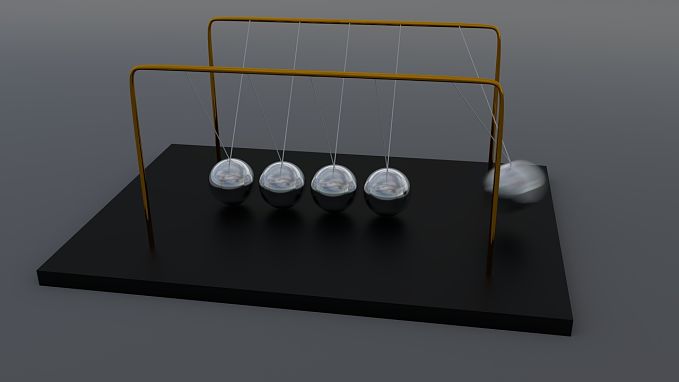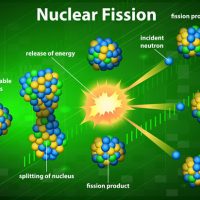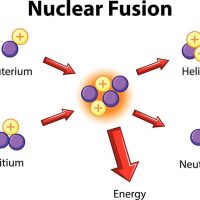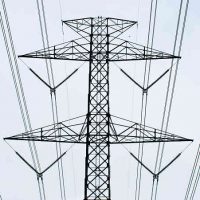There are many different forms of energy, but what is the energy of motion called? Read on to find out.
Energy is defined as the ability to do work, which, out of a specific context, is a somewhat vague and non-specific definition. Many forms of energy exist, including chemical energy, heat energy, electrical energy, electromagnetic radiation, and gravitational energy.
These forms of energy can all be classified into two main categories:
- Potential energy, which is the energy that an object has due to its position in relation to other objects (e.g. a skydiver who has just jumped out of a plane has gravitational potential energy due to his or her position high above the Earth).
- Kinetic energy, which is the energy an object has due to its movement.
What is the energy of motion called?
The energy of motion is called kinetic energy.
An example of kinetic energy
The easiest way to understand kinetic energy is to look at an example, keeping in mind the first law of thermodynamics: energy cannot be created or destroyed, but it can be transferred to other objects or transformed into other forms of energy.
Through a series of energy conversions, a car engine converts the chemical potential energy in gasoline into heat energy, then mechanical energy, and ultimately increases the car’s kinetic energy, causing the car to accelerate to a specific speed.
This transfer of chemical energy into kinetic energy isn’t entirely efficient, as some energy is lost as heat and sound, but there is enough transformed to get the car moving.
If the car is left to coast, it will eventually lose all its kinetic energy because of air resistance and friction and the car will come to a stop. Perhaps the car comes across a small hill – small enough that it can coast up to the top and come to a complete stop.
Now the car has gravitational potential energy due to its position at the top of the hill; this gravitational potential energy can then be converted into kinetic energy by letting the car coast down the hill and pick up speed again.
There is always some loss of energy due to air resistance and friction, so the car will never regain its original speed without input of energy from the engine. More input of energy means more kinetic energy of the car, and a smaller input of energy means less kinetic energy of the car.
If the car’s brakes are applied, the car’s kinetic energy will be transformed into heat and possibly sound due to the friction of the brake pads, until the car has come to a stop.











